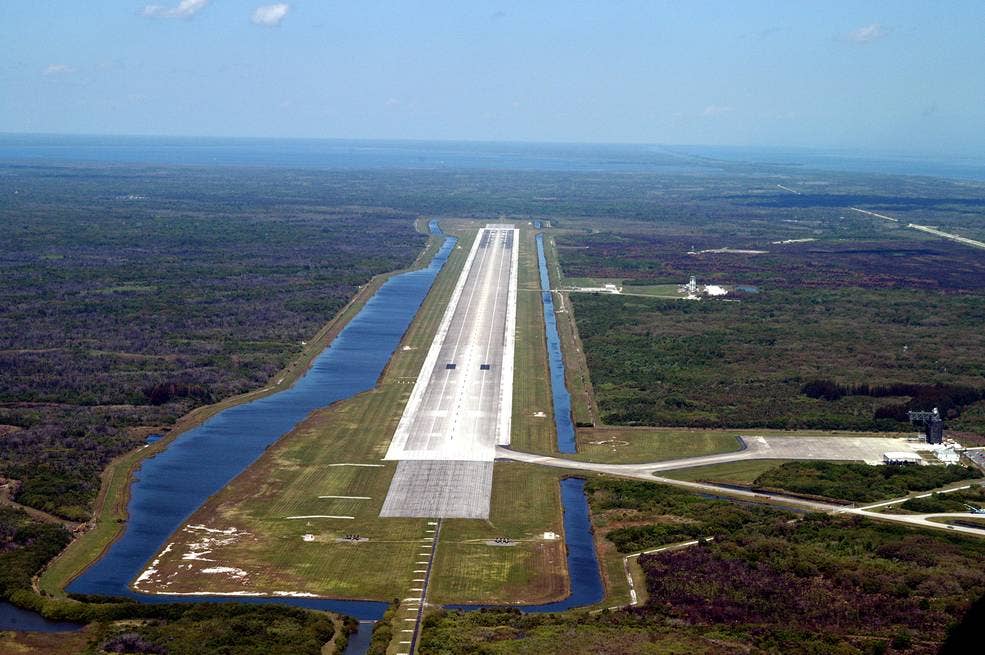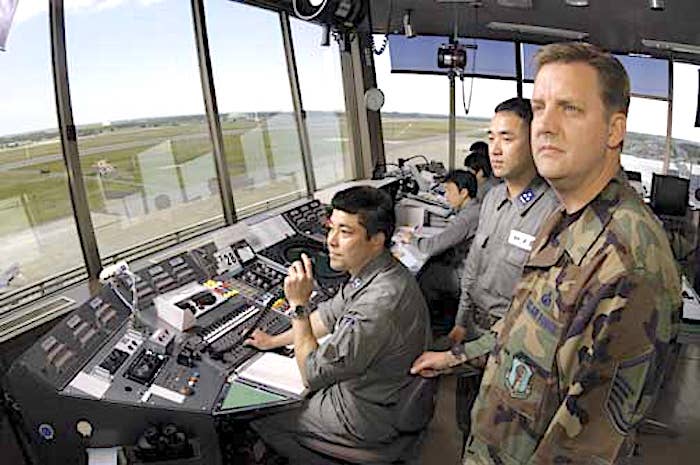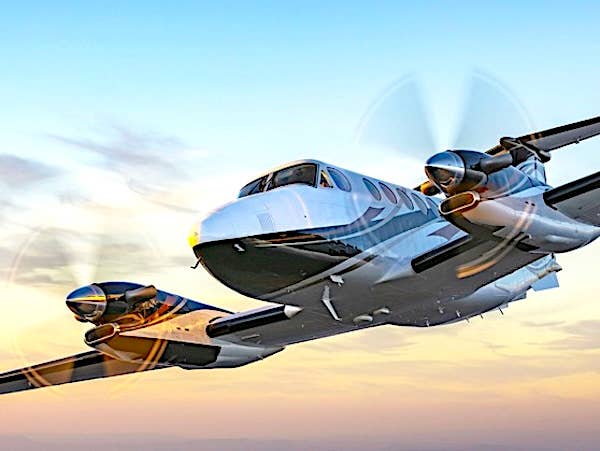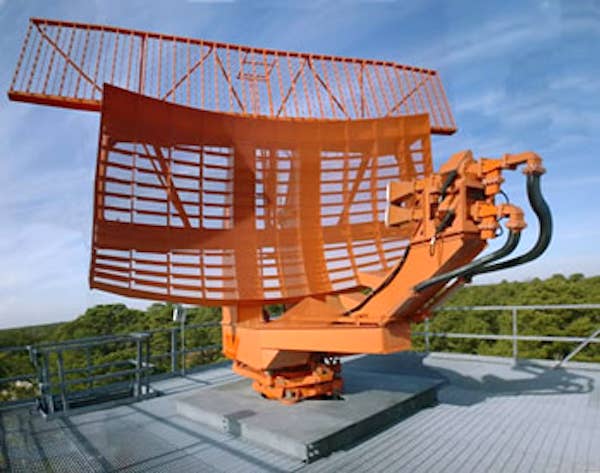Short Final: Low Approach
I heard the following exchange on a beautiful spring day when COVID had grounded almost everyone. Cherokee 123: “Approach, we are headed down to Okeechobee today and would like to…

Image: NASA
I heard the following exchange on a beautiful spring day when COVID had grounded almost everyone.
Cherokee 123: “Approach, we are headed down to Okeechobee today and would like to come through the Class Bravo, and I guess we would like flight following, too ... (long pause) ... oh, and we would like to make one touch‑and‑go at Mike Charlie Oscar on the way.”
I thought to myself, “This is going to be interesting!”
Approach: “Cherokee 123... (long pause) ... did you just ask to do a touch‑and‑go at Orlando International Airport.”
Cherokee 123: (Somewhat sheepishly) “Uhhh ... yes.”
Approach: “Yeaaaaaaaahhhhhh ... uhhhhhhh ... mmmmmmm ... yeah ... so, uhhh ... that’s not going to happen.”
Cherokee 123: (More sheepishly than before) “Okay.”
Now, to give the controller credit, this exchange followed two minutes later.
Approach: “Cherokee 123, I know we couldn’t get you that touch‑and‑go at Orlando International, but I could get you vectors for a low approach over at the NASA Shuttle Landing Strip ... and that’s a pretty cool ride.”
Cherokee 123: (Now enthusiastically) “You can do that??? Yeah, let’s go!”
And ... off they went!
John E. Moore, III
Vero Beach, FL






